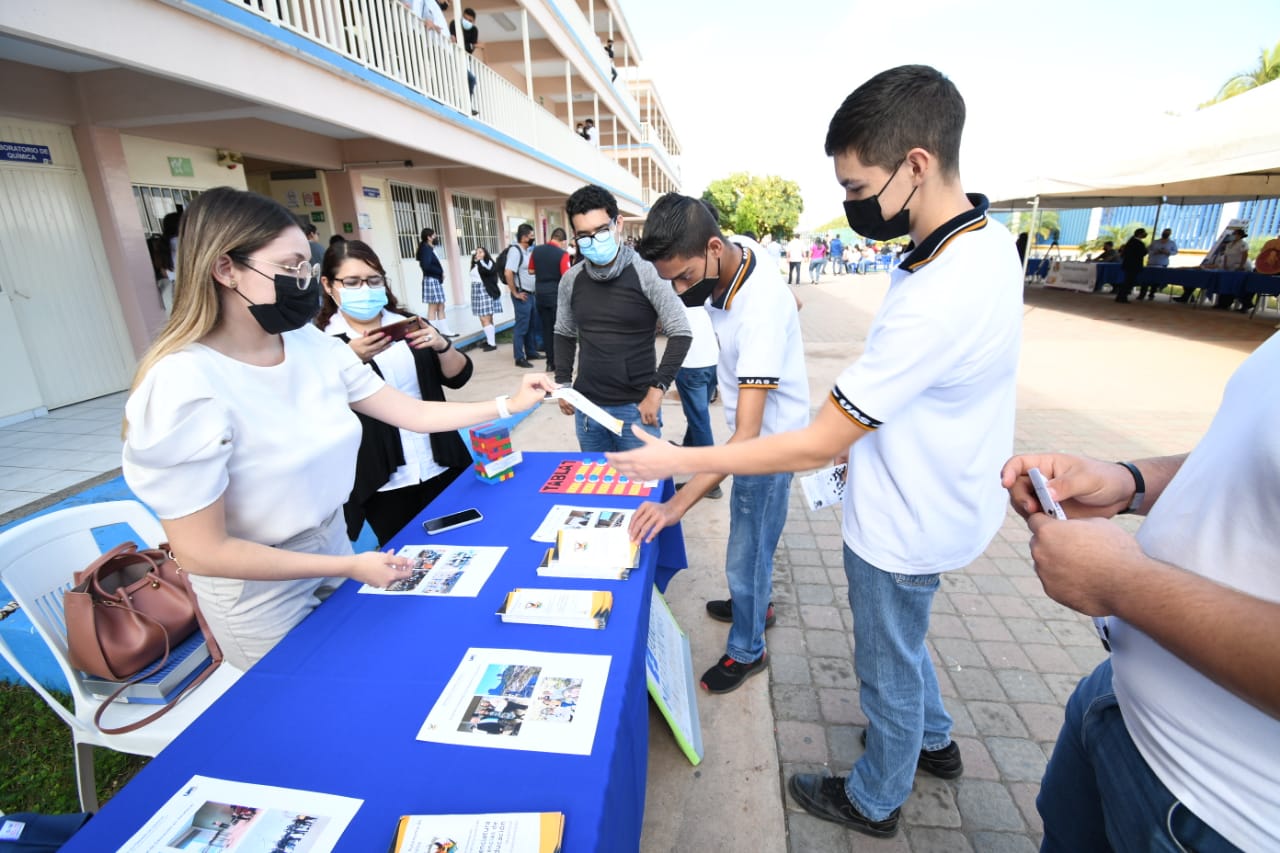Entering a museum is often seen as a boring activity; we remember that we were once taken at school and, therefore, we associate it with education and the compulsory; Nevertheless, Going to the museum is a recreational activity, just as much as going to the cinema or the theater.
Azminda Roman Nieto, coordinator of the Educational Services area of the Xalapa Museum of Anthropology (MAX) and founding member of the University Observatory of Museums, indicates that it is necessary to break with the idea that museums are untouchable places made just to observe, and start propose them as meeting points where those who attend can discover themselves.
Read more: Colón is wanted in Orizaba; see the story of that statue
“Museums are contact areas where upon entering you can have a dialogue of the past with the present, we can see how humanity was conceived from another perspective, how we saw ourselves as humanity; it is also a dialogue with art. Museums show us how we are, who we are, and where we are going as humanity, there is its social value “, indicates the also professor of the Faculty of Anthropology of the UV and member of the Mexican Association of Heritage Interpreters in Mexico.
Interest from home
Azminda Román indicates that this idea that the museum is a culturizing space that belongs to the educational and educational plane has weighed a lot over the years. This has caused, first, that in the homes there is no interest in attending them.
“Families tend to have other interests or concerns and then what they least think about is giving tools to the next generations so that they can be formed and give an idea of the world”, indicates.
From a young age – the academic adds – they do not teach us to visit a museum, to train as a public, “And not just to go to a museum, but also any heritage site: a gallery, an archaeological site, a historical monument, etc., we prefer other activities, so the change has to come from both sides: from the museum and from the families ”.
He points out that although it is true that museums are spaces that have an extraordinary educational value, they also have a great social impact, “Because they are noble spaces that allow any gaze to be housed and that allow us to say what was considered unspeakable at the time; In other words, museums are spaces that have an economic, political, cultural, and social position; they can hold all possible looks, because they are showing us to the world ”.
Change the look
At the time, adds Azminda Román, museums spread a lot this idea that “Attending these places is something cultured, and it has been a titanic effort by museums to remove this perspective that museums are boring, because it was said that they were the cathedrals of knowledge and their great temples are nothing more to see and highlight the aesthetic part, but suddenly museum professionals said ‘Well, no, these paradigms have to be changed, these ideas, conceptions, and we have to focus on the public ‘”.
Indicates that museums are due to the public And now we work so that from the first time someone goes, their attention is caught so that they want to return.
“On a personal level, I also had this idea that museums were going to teach us, they were going to show us the formal part and that we had to show people everything that collections tell us; But along the way, I realized that those of us who work in the museum always do an outward exercise, that is, to show the collections, the information, so that the public can come; but we seldom stopped to see what exactly the visitors were saying to us ”.
As part of her work at the MAX, the archaeologist coordinates the activity the Cuates del MAX (which takes place on Sundays, but is currently suspended due to the pandemic), where girls and boys are given the experience of knowing the museum’s collections and carrying out manual activities.
“I was very surprised by the Cuates del Max that much of our work was nourished by the voices of these girls and boys who visited us and made us think about things that we had not taken into account, they made us look at the collect things that we had not asked ourselves “, he points out.
This experience has helped him to reinforce the idea that the museum is beyond the collection or exhibition that is exhibited, but the confluence of the collection, visitor and the museum professional.
“Since 2019 there has been a debate about what a museum is in reality, defining it as such, and we have agreed that yes, a museum today does investigate, yes conserve, yes protect, yes show, yes it is to enjoy, but in a particular way I conceive it as this dynamic, organic, living entity, which is in constant transformation, in constant change, whose gaze precisely goes there, towards people “, points out Román Nieto.
It exemplifies that, with an eye on the visitor, there is currently a trend also to create consulting museums, that is, the public’s gaze is being taken into account to set up exhibitions and activities, “It is seeking that communities are present as an integral part of where museums go.”
Our history and future
At the University Observatory of Museums, Azminda Nieto, Together with other colleagues, he is in charge of generating statistics to know which museums the entity has, what type they are and where they are going.
It indicates that according to the registry made up to 2019, Veracruz has 69 museums, mostly dedicated to regional history; Orizaba is the municipality with the most museums, with 20 spaces; Xalapa and Veracruz follow, which each have nine museums.
“Museums are also seen as these spaces of memory, and sometimes it seems that we have little memory; We forget everything that has happened and it is therefore important to visit heritage sites, be it museums, archaeological sites or galleries, because they will teach us our quality of life, that is, this collective well-being of understanding ourselves far beyond this economic and political process in which we are immersed; the quality of life makes us human “, indicates the academic.
Román Nieto indicates that unfortunately when we visit a museum we come across history, with what happened many years ago and there we began to realize our passage through the earth, and become aware that many things that happen today we could have, Perhaps not stopped, but faced better, if we had this exercise of reflection in museums.
“Through museums, what is sought is to question our doing; Visiting a museum will bring to mind the past and reflect that some things have already happened, for example, that we have already experienced pandemics, and be aware that as humanity we are in constant change; by looking at history we can know how the world was conceived before, how they lived and then we will find very similar things that help us to our present and future “, explains Román Nieto.
Finally, the archaeologist invites you to listen to the talk “Significant experiences in the museum, between the face-to-face and the virtual”, which will be held on September 21 at 5:00 p.m. as part of the UV Science Afternoons activities. The link to enjoy the talk is https://sabadosenlaciencia.webex.com/meet/tardesdeciencia or it will be broadcast on Facebook at SabadosenlaCienciaXal




